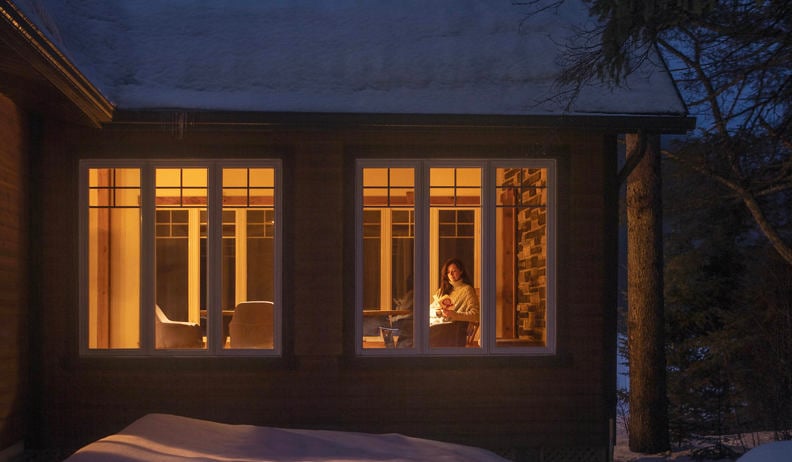Peak demand events: Your questions, answered!
Already reducing your electricity use during peak demand events? Congratulations on taking that first step! If you still have questions, you’re in the right place. Follow this guide to make saving energy even easier!

When and why do peak demand events happen?
Peak demand events can occur up to 30 times between December 1 and March 31, during periods when demand on Hydro-Québec’s electricity grid is at its highest — typically when everyone is using power at the same time. These events last four hours, from 6 a.m. to 10 a.m. and/or from 4 p.m. to 8 p.m., any day of the week.
They’re often scheduled during periods of extreme cold because heating homes requires a lot of energy. That said, every winter is different, and there are a number of factors beyond our control that can influence the scheduling of these events, such as weather conditions, the state of the power grid, regional energy needs, outages, etc. Generally, milder winters mean fewer peak demand events.
How do I save on my bill with Rate Flex D?
With Hydro-Québec's Rate Flex D, you benefit from a lower electricity rate throughout the winter — except during peak demand events, when electricity costs more. Hilo can automate the management of your connected devices to help you use less energy during those periods.
How can I maximize my savings?
To make the most of Rate Flex D, try to use as little electricity as possible during peak events — that way, you lock in the savings from off-peak periods. Try postponing the use of major appliances like your oven, washer, and dryer, and avoid using hot water if you can.
If you have an electric vehicle, make sure to charge it before or after peak events — Hilo’s EV charging solution makes it easy by automatically pausing and resuming charging at the right time.
You should also consider exploring the different participation modes available. After all, the Hilo service was designed to accommodate a range of preferences and lifestyles in terms of comfort. Try out Extreme or Intrepid mode to save the most energy and earn the most rewards!
For more detailed information, take a look at our article Five golden rules for optimizing your savings.
Did you know? With Hilo, you could save up to 20% on your winter electricity bill. And once you get used to peak demand events, you might just find they become part of your routine — and even something you enjoy.
How do I use the settings to stay comfortable?
With Hilo, you have all the flexibility you need to tailor your participation to your lifestyle. Before each peak event, you’ll get a notification at 6 p.m., and you’ll have until 11:59 p.m. to adjust your participation settings. You can also choose your participation mode and decide whether or not to enable preheating — in which case your thermostat will warm up your home slightly before lowering the temperature during the reduction phase.
Not sure which participation mode to choose? If you’re expecting guests or have young children at home, the Moderate mode may be your best bet. But if everyone’s fine throwing on a sweater or cozy PJs, go for Intrepid or Extreme mode. And if you won’t be home at all, Extreme mode is the way to go. Hello, energy savings!
Helpful tips & tricks
Our Help Centre and blog are full of practical tips and ideas to help you get even more out of your Hilo smart home.



